
Bundy "Terre Haute, Ind." Set (1)
This set of cards was published by Bundy of Terre Haute. They are post dated between 1905 and 1907.
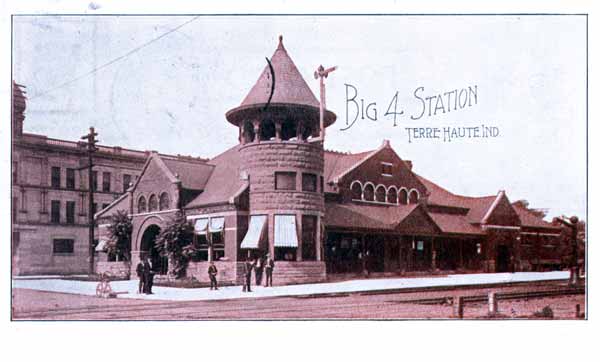
Big Four Station
This postcard, stamped in Terre Haute on February 6th, 1907, has the following text...
Pub. by Bundy, Terre Haute, Ind.
I have another copy of this postcard, stamped in Terre Haute on May 13th, 1907 and another stamped in Terre Haute on July 11th, 1907.
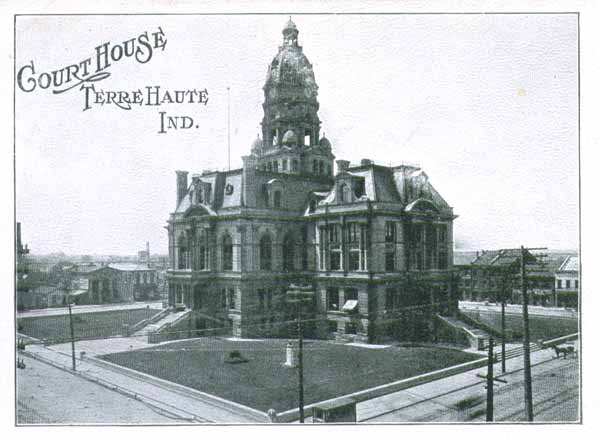
Vigo County Court House
This unused postcard has no other printed text.
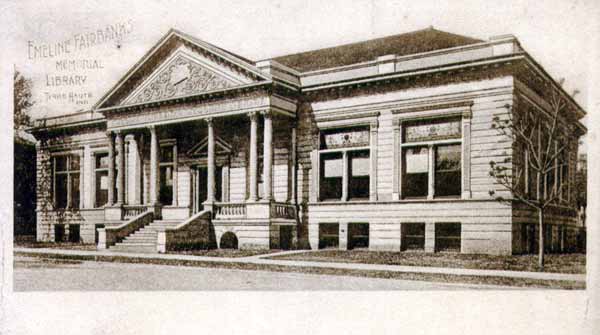
Emeline Fairbanks Memorial Library
This postcard, stamped in Terre Haute on September 3rd, 1911, oddly has the following text...
748
The New Central Pharmacy, Terre Haute, Ind.
Made in Germany
I have another copy of this his postcard, posted in Terre Haute on May 9th, 1907, that has the following printed text...
Pub. by Bundy, Terre Haute, Ind.

Filbeck Hotel
This postcard, stamped in Terre Haute on February 6th, 1907, has the printed text...
Pub. by Bundy, Terre Haute, Ind.
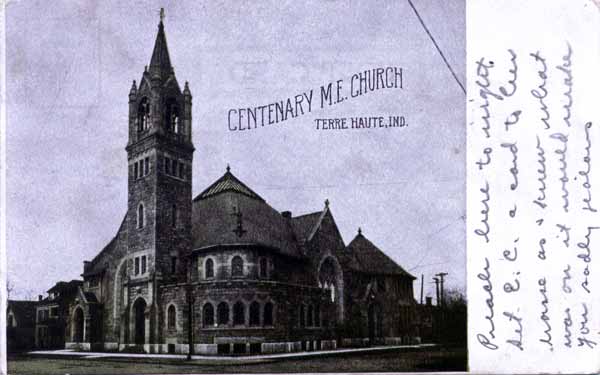
First Methodist Episcopal Centenary Church
This postcard, stamped in Terre Haute on May 10th, 1907, has the printed text...
Pub by Bundy, Terre Haute, Ind.
I have another copy of this postcard that was posted in Terre Haute on March 22nd, 1907 and another posted in Terre Haute on May 9th, 1907.

Indiana State Normal School
This postcard, posted in Clinton, Indiana on September 30th, 1907, has no other printed text. I have another copy of this postcard that has the hand-written date 11/15/06. Another card I've seen has the postdate of December 4th, 1905.

Indiana State Normal School
This postcard, stamped in Terre Haute on July 30th, 1907 has the printed text...
Pub by Bundy, Terre Haute, Ind.
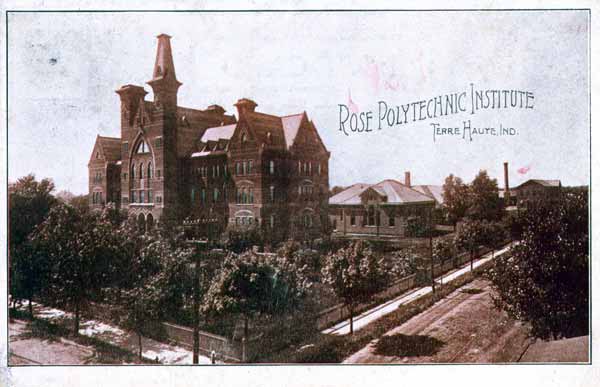
Rose Polytechnic Institute, Terre Haute, Ind.
This postcard, posted in St. Louis but with an unreadable date, has the text...
Pub. by Bundy, Terre Haute, Ind.
This page created 11th June 2008, last modified 31st May 2009